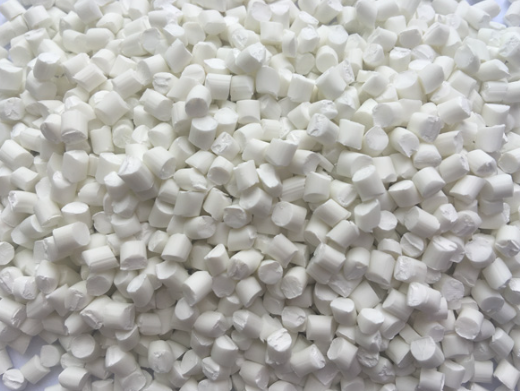January 24, 2025 – Combating the Yellowing of Titanium Dioxide in White Color Masterbatches for Plastics
In the plastics industry, white color masterbatches serve as essential coloring agents, with the performance stability of their core component, titanium dioxide (TiO2), receiving constant attention. It is well-known that TiO2 undergoes inevitable aging and yellowing over extended periods of use.

TiO2 ages due to the combined effects of ultraviolet (UV) light exposure and thermal oxidation, a chemical property intrinsic to the material. This aging process is particularly noticeable in plastics with inherently yellow tones, such as ABS. When TiO2 in these plastics ages, the yellowing is much more pronounced compared to products made from PP or PE. Furthermore, the initial whiteness of the TiO2 pigment leads to a greater contrast when it yellows, significantly impacting the appearance of the final product.
AsiaMB has learned that the industry has implemented several strategies to effectively prevent or minimize the yellowing of TiO2. One proven method is the use of rutile TiO2. Compared to anatase TiO2, rutile TiO2 exhibits superior aging resistance, thereby extending its useful life.
Additionally, incorporating antioxidants or UV absorbers can significantly enhance the anti-aging cycle of TiO2. These additives form a protective layer on the TiO2 surface, effectively shielding it from UV light and thermal oxidation. This, in turn, slows down the aging process and preserves the pristine white appearance of the plastic products.














